Over the years, I’ve queried LGBTQ folks of various ages and stripes about criticisms they may have of Pride Month in general and their particular Pride celebrations.
Frequent comments include “Pride Month is way too commercial.” “ It doesn’t adequately reflect its true meaning.” “Prides are not serious enough; you know, too much glam and glitter and too many parties.”
So exactly what should…and does Pride Month really mean?
In her recent USA Today column titled, “What is the History Behind Pride Month,” Cady Stanton provides an assessment of what the observance is–and what it represents. “Pride Month has taken many forms through the decades, framed by growing cultural acceptance for the LGBTQ community and evolving politics of the present moment. LGBTQ history and its Pride celebrations are rooted in activism and protest, and the tradition of fighting for rights, acceptance, and visibility has followed the community from past to present.”
Fully considering and appreciating the activism and protest components should instill in each one of us that Pride is more than just a time to “party down.” To not recognize and honor its essential, substantive role does this annual observance such a disservice.
Stanton continues. “This year, Pride will be celebrated – for many in-person for the first time in two years – with nationwide parades and education events at schools and community centers. Along with the joyful celebrations of identity and diversity: solemn reflections of those lost to violence in the community and mounting concerns over a troubling rash on anti-LGBTQ bills that have emerged from statehouses.”

So, Tell Me! What Is Pride Month?
This annual, worldwide commemoration pays tribute to LGBTQ culture, activism, and achievements through a series of organized activities that include marches, film festivals, writers’ workshops, concerts, and other programs. Through these initiatives, the LGBTQ community and its allies also aim to increase awareness of ongoing issues of inequality as well as honor lives lost to hate crimes and HIV/AIDS. “The number and variety of Pride events throughout the country and the world reflect the diversity of the LGBTQ community both in the United States and abroad,” GLAAD states on its website. GLAAD, formerly the Gay & Lesbian Alliance Against Defamation, is a U.S. non-governmental media monitoring organization founded by LGBTQ people in the media.
“The spirit of Pride, I always say, is like a Rorschach test: It’s something different to everyone” according to Cathy Renna, Communications Director for the National LGBTQ Task Force. “Some people want to come and be extremely political, to use it as a platform to talk about the issues that they care about, the things that we’re fighting against. Then for other folks, it’s an opportunity to celebrate … their resiliency, or celebrate who they are because maybe they can’t be that the rest of the year.”
In her article, “What is Pride Month,” Sarah Lemire weighs in. “The rainbows and glitter may catch your eye, but the month-long celebration is really a call for greater unity, visibility, and equality for the LGBTQ community. And while it’s a time to look toward a fairer, kinder future, it’s also a moment to recognize all of the advances—and setbacks– in the last few decades.”

“Pride Baby” Comes Out Kickin’ & Screamin’!
Pride Month was born out of the Stonewall Riots, one of the most notable and well-known LGBTQ activist events.
Being openly gay was largely prohibited in most spaces in the 1960s. In particular, New York had a rule that the simple presence of someone gay or genderqueer (falling outside of or in between or fluctuating among the binary gender categories of man and woman) counted as disorderly conduct–effectively outlawing gay bars.
On June 28, 1969, patrons of the Stonewall Inn, a popular bar with a diverse LGBTQ clientele, stood their ground after law enforcement raided the establishment. The resulting conflict led to days of riots and protests, which became known as the Stonewall Uprising.
A year later, on the anniversary of the Stonewall Uprising, thousands of people took to the streets of Manhattan in the Christopher Street Gay Liberation Day March, recognized as the first gay pride event ever. However, not all members of the LGBTQ community were included. Despite their pivotal role in the riots and ensuing activism, trans women and other women of color were excluded from or silenced while attending some early Pride parades.
Initially, Pride Month began as Gay Pride Day, observed annually on the last Sunday in June. As awareness grew, the commemoration evolved into the month-long observance, aptly named Pride Month, with even more events and activities. Then, in 1999, President Bill Clinton officially declared June as Gay and Lesbian Pride Month, designating the month as a time to support the LGBTQ community– and honor its achievements.
Each year, the largest Pride parade in the U.S. occurs in New York City, with millions attending. The other biggest parades across the country include Boston, Chicago, D.C., Houston, and San Francisco. Internationally, Pride parades in Sao Paolo, Brazil, and Madrid, Spain each also draw millions of participants.
According to Stanton, “Other activists have objected to the modern ‘corporatization’ of Pride, including rainbow capitalism/rainbow-washing, or the practice of companies commodifying LGBTQ culture and Pride Month as a marketing ploy to drive consumer interest and purchases. Particular complaints have been raised against companies who celebrate Pride with themed merchandise or marketing while simultaneously donating thousands of dollars to political action committees that support politicians who voted against The Equality Act.”
Stanton adds, “This year, Pride events should look like the trademark celebrations of the recent past after two years of hiatus caused by COVID-19. But the pandemic has also exposed many inequalities and disparities in the LGBTQ community, leading to an overhaul in the festivities to make them more accessible and cognizant of race, income, and more.”

Where Is the Blackness, Pray Tell?
Black Gay Pride is a movement within the U.S. and elsewhere for Black members of the LGBTQ community. Starting in the 1990s, Black Gay Prides began to provide Black LGBTQ individuals an alternative to the largely white mainstream gay Prides. According to some, white gay Prides are seen to enforce, both consciously and unconsciously, a long history of ignoring and discounting persons of color who share in their experiences. The exclusion of people of color in gay Pride events is perceived by some to play into existing undertones of white superiority and racist political agendas.
In response, the movement serves as a way for Black LGBTQ people to discuss specific issues that are more unique to their community; as well, it is a vehicle to celebrate the progress of the Black LGBTQ community. While the mainstream Gay Pride Movement (often perceived as overwhelmingly white) has focused much of its energy on same-sex marriage, the Black Gay Pride movement has focused on issues such as racism, homophobia, and lack of proper health and mental care in Black communities.
Today, there are at least 20 Black Gay Pride events across the United States. Historically, the largest of these events have been D.C. Black Pride and Atlanta Black Pride. While Black Pride Events originated as early as 1988, D.C. Black Pride, which began in 1991, has been cited as one of the earliest celebrations. According to the Center for Black Equity, which promotes and supports Black Prides across the globe:
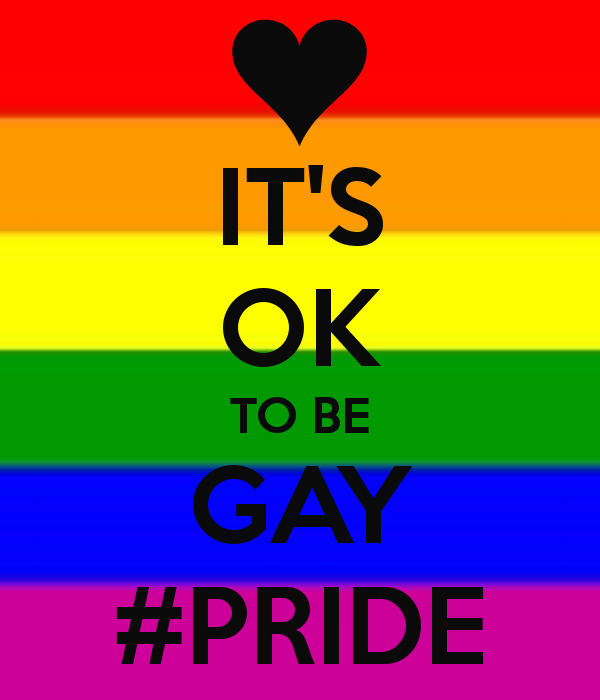
Yo! A Symbol Can Be a Powerful “Thang.”
The rainbow flag is universally recognized as the symbol of LGBTQ pride. Created by Gilbert Baker, a renowned San Francisco activist, the flag was flown for the first time at the 1978 San Francisco Gay Freedom Day celebration. The rainbow flag is universally recognized as the symbol of LGBTQ pride. Baker has said that what inspired him about the rainbow was that it represented all genders and races and that it stands for “the rainbow of humanity.” Each of the rainbow flag’s six colors represents a different aspect of the LGBTQ movement: life, healing, sunlight, nature, serenity, and spirit. And to some, this banner also signifies power, rebellion, and hope.
In 2017, Philadelphia added a black and brown stripe to their flag to symbolically represent LGBTQ people of color who have felt marginalized and disregarded by their own community. “Today, many organizations have adopted that flag, also adding the colors of the transgender pride flag — baby blue and light pink — to represent that community as well,” writes Stanton.
So, Y’all: go on with yo’ badd self! Get your Pride on!!!
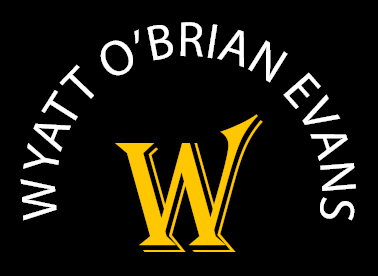
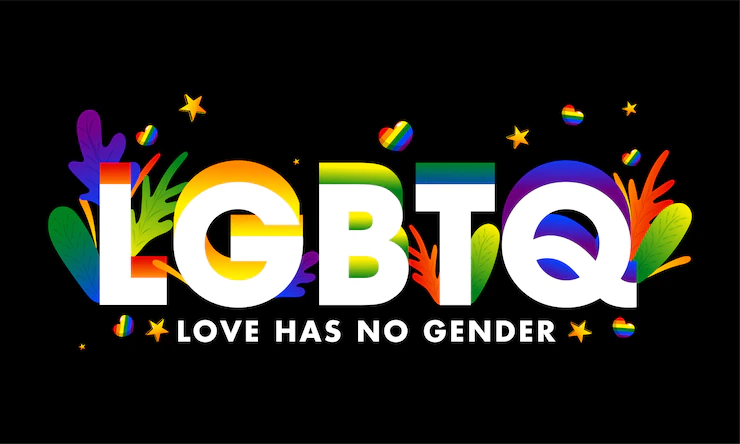
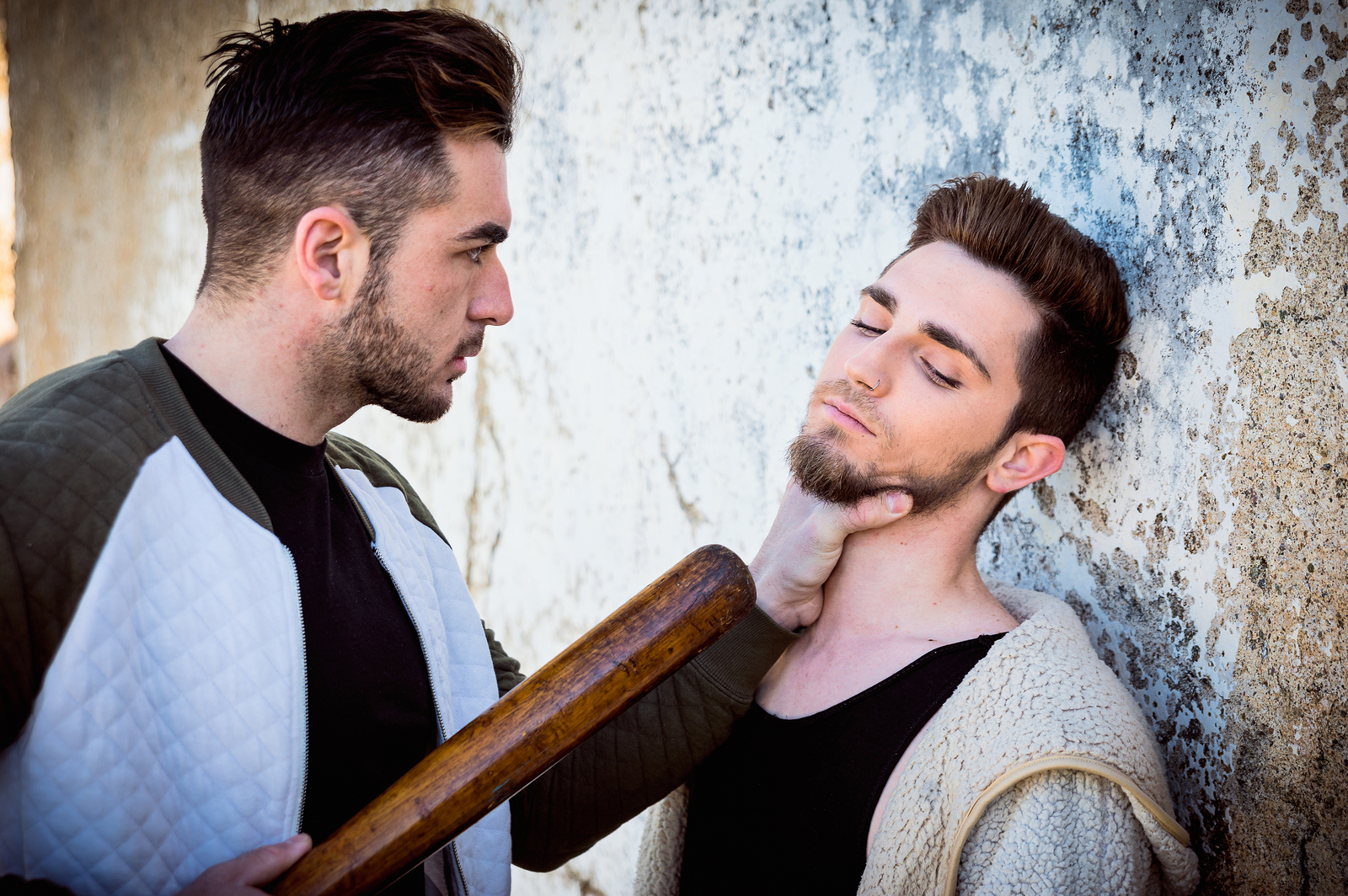
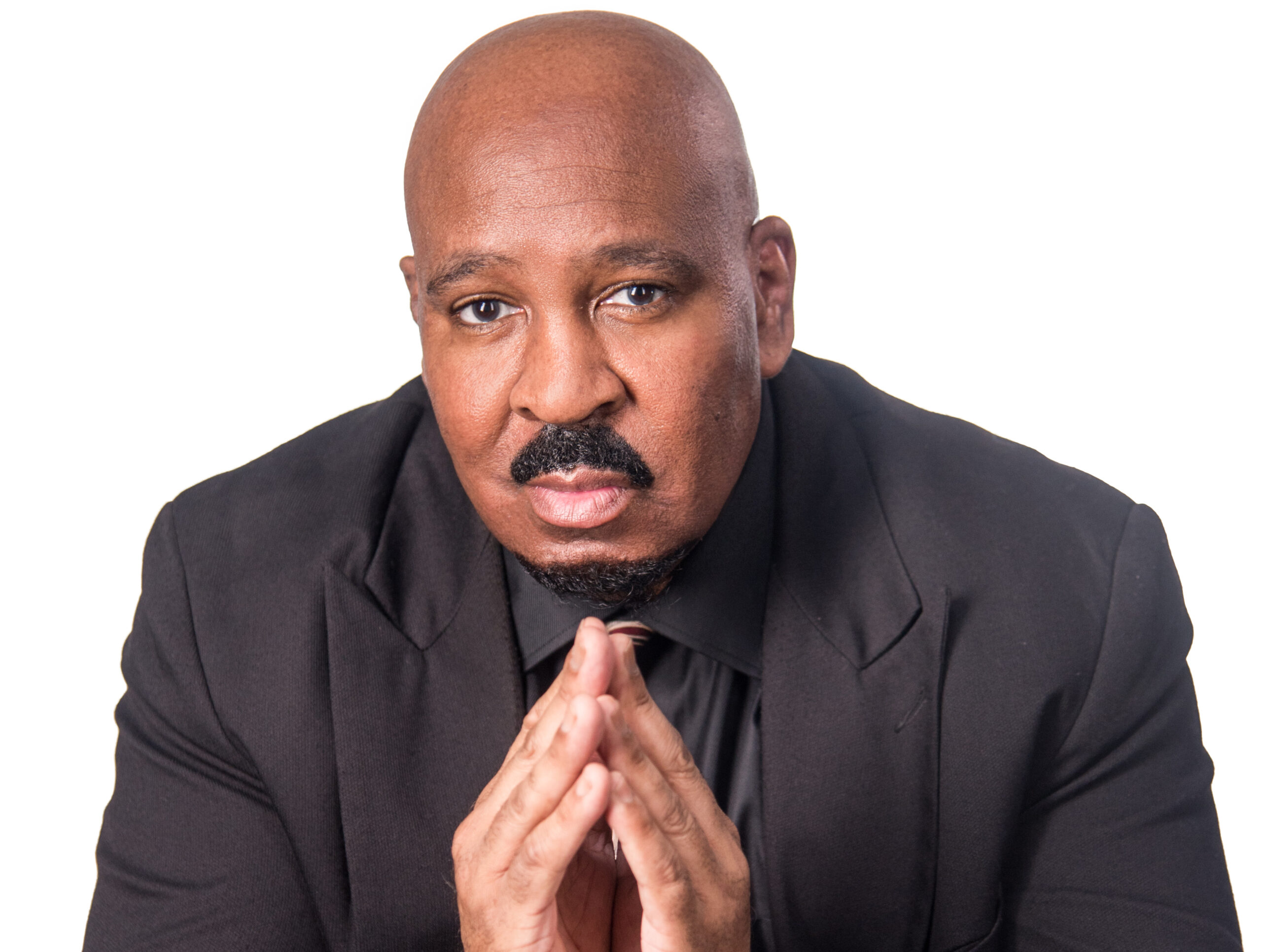

Fantastic article! So rich in history! Such a great read!